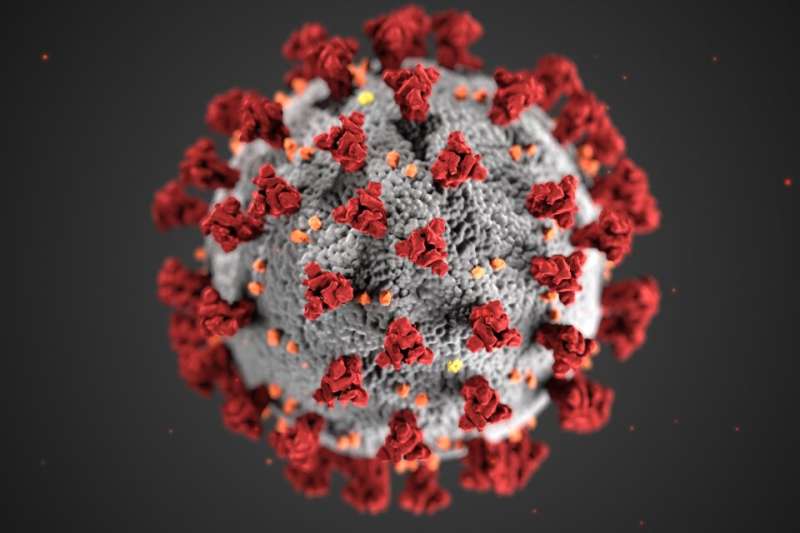How does Twitter shape the conversation around COVID-19?

Researchers at the George Washington University are part of a multi-institutional initiative to create an open database tracking online attitudes toward COVID-19, an essential tool for researchers and public health professionals working to slow the pandemic.
David Broniatowski, an associate professor of engineering management and systems engineering in the School of Engineering and Applied Science, spearheads the project alongside colleagues from GW, Johns Hopkins University and the University of Maryland. He uses web and social media data to understand important problems in public health, including shifting attitudes toward vaccination.
The project, Social Media for Public Health: COVID-19, has already collected several large datasets, including a broad set of tweets containing keywords related to COVID-19 and narrower datasets like Persian-language tweets on the pandemic and tweets containing racist, anti-Chinese hashtags.
Dr. Broniatowski also leads the Meaningful Open Source Indicators (MOSI) research cluster in GW's Institute for Data, Democracy and Politics (IDDP), through which he and his team can also collect public Facebook, Reddit, and Instagram posts.
"A lot of the work right now is talking about rumors people see on their newsfeed—that the virus was created as a bioweapon, for instance," Dr. Broniatowski said. "What we're trying to do is go one level deeper and map the actual effects of what people see on social media, and also to get some sense of the provenance of this information."
As Dr. Broniatowski has found with regard to previous public health crises, mis- and disinformation on social media may originate from state actors and can have a considerable effect on the framing of public health conversations. In fact, early indications from the database are that accounts already active in the anti-vaccination dialogue are now wading into the question of COVID-19. Conspiracy theories are also emerging, though their details vary based on the political inclinations of those propagating them.
The data collected could be used to combat misinformation, support messaging from public health organizations and track information about the ongoing pandemic. For instance, Dr. Broniatowski said, a project between collaborators at the University of Maryland, Johns Hopkins University, and the government of Maryland will use the database to track how their constituents respond to social distancing directives. Geotagged tweets, for example, could tell researchers whether Marylanders—at least those with Twitter accounts—are moving more or less in the aftermath of a stay-at-home order.
In general, Dr. Broniatowski is concerned about the effect of social media trends on real-world behavior—some of which may not be observable until the future.
"Our big fear is that a vaccine may come out in a year and a half or two years and that people won't take it because they're so distrustful of the way the governments have handled this crisis," he said.




















